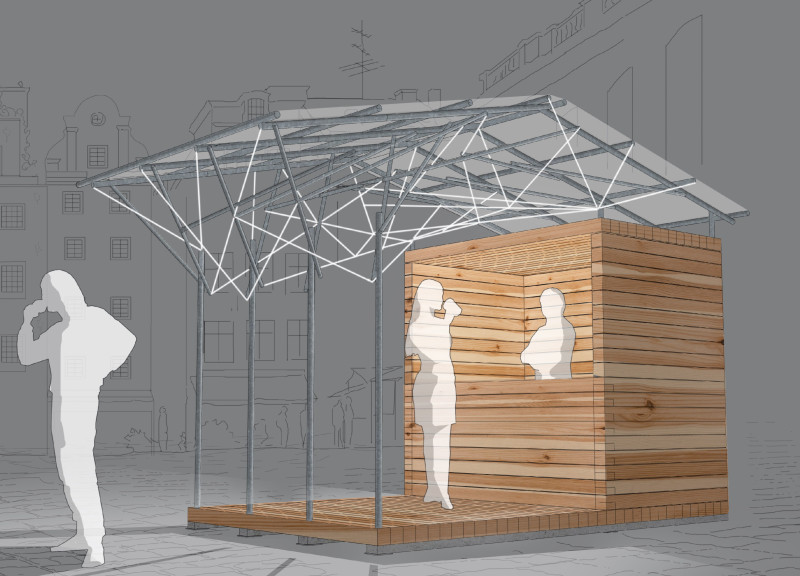5 key facts about this project
The design focuses on redefining coffee spaces within urban settings. These areas serve not only as places to enjoy coffee but also as important social and cultural connectors in the community. They operate both as retail environments and extensions of home or work, making them essential to daily life. The overall concept seeks to fuse local identity with the influences of a globalized world, which is increasingly relevant today.
Local Production vs. Global Consumers
One of the main themes is the balance between local production and global consumption. Each coffee space aims to reflect the local culture while also considering broader market trends. This thoughtful approach allows the design to showcase the distinctive character of its neighborhood. The coffee spaces are more than places to drink coffee; they become sites of cultural exchange and engagement.
Adaptability and Sustainability
The design emphasizes adaptability, ensuring that coffee spaces can change to meet the diverse needs of the urban population. Sustainability plays an important role; the aim is to lessen environmental impact while improving user experience. By utilizing local resources and implementing smart design strategies, these spaces can truly connect with their environments and serve the modern community effectively.
Materiality and Design Features
Specific materials chosen for the project include basic steel scaffolding, locally sourced lumber, an ETFE membrane, and organic solar cells. These elements support sustainable practices and highlight the importance of local identity. By carefully selecting materials, the design strengthens its connection to the community.
Community engagement is encouraged through design elements like open layouts and communal seating. These features invite people to connect with each other easily. The combination of functionality and thoughtful design creates a welcoming atmosphere, enhancing both the experience for visitors and the overall urban landscape.


























